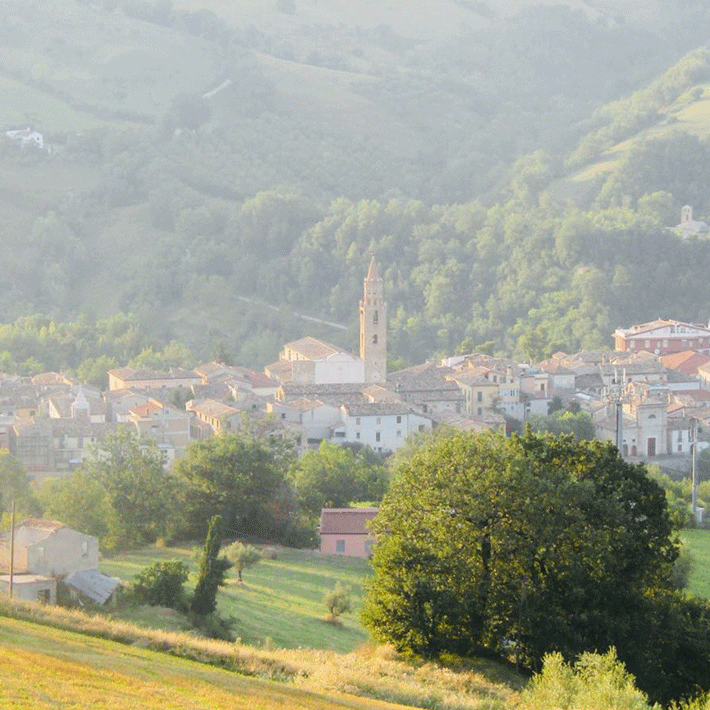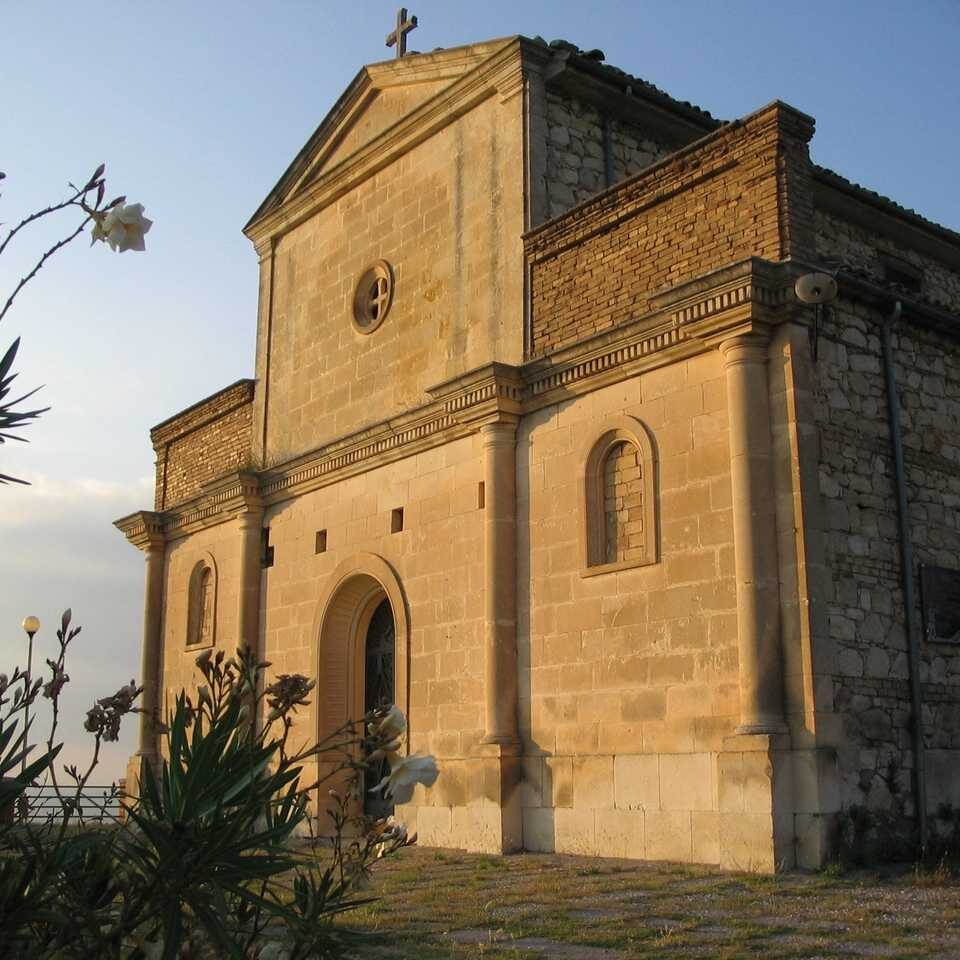 Introdacqua
Introdacqua
MUNICIPALITY OF introdacqua
only the historical center
(L’Aquila District)
Altitude
mt. 670 a.s.l.
POPULATION
2053 (500 in the historical center)
Patron SAINT
San Feliciano, third Sunday of August
TOURIST INFORAMTION
Town hall, Ph. 0864 47116
www.introdacqua.gov.it
www.introdacqua.info
www.introdacquaonline.it

Introdacqua derives its name from the Latin inter aquas, i.e. “inside the waters,” referring to the abundance of springs in the area.
The 17th century bell tower, built in local stone, is a fitting symbol of Introdacqua’s solidity, if it is true that this borgo has survived four or five earthquakes without a scratch. The medieval tower (13th century), rising in the upper part of the Borgo, can be considered a symbol as well. Called “the castle” by the locals, it is a and donjon, a fairly rare defensive typology, not suitable for housing the feudal lord. The ancient part of the Borgo springs up around lu castiélle, with its characteristic views and its houses standing around the tower, the true symbol of Introdacqua, the first building you can admire entering the Borgo. The Mother Church was built between 1474 and 1510. Its interior has a basilica plan, with a nave and two aisles and with a lovely Baroque altar. The remains of St. Feliciano, patron saint of the borgo, are preserved here. To the right of the southern portal is a fresco dedicated to St. Christopher. Its present position below street level is the result of a flood that once struck the borgo. It had a coffered ceiling with 1200 squares, each depicting an angel’s head, lost during restoration work. The Church of the Santissima Trinità erected over the ruins of the Church of San Panfilio, which had been submerged by the same flood which struck the Mother Church, was completed in 1706. The Church of San Giovanni Battista can be dated back to year 1000 and preserves some of its original frescos. The ancient fountain is a stone construction, with a rectangular basin to collect water, it was for a long period the only watering source for the inhabitants, otherwise forced to go to what was known as the “witch’s spring”. The Church of Sant’Antonio, situated in a charming location at an elevation of 735 meters, was built in 1518 in honor of the Saint invoked as a protector against shingles (herpes zoster).The Church of the Addolorata is located in the historic center. Its interior preserves the statues of the Dead Christ and of Our Lady of Sorrows, which are carried in procession on Good Friday. The Palace of the Marquis, also called Trasmondi for the last feudal lords of Introdacqua, dates back to 1400. Situated in the center of the borgo with its imposing bulk, it safeguards the secrets linked to the feudal lords’ power. The two gateways, called della terra, were once furnished with heavy doors which were closed at night or in case of danger. The most interesting is the one facing north, abutted on the Marquis Palace.
Extra-virgin olive oil, salami and cold pork meats, cheeses, red garlic, chickpeas and grains. The local dishes are many, like frescheriélle, a mixture of maize flour and water cooked in a copper pot. It resembles polenta, but it is not as thick. It is served in various ways; the most popular version is that with sausage. A typical sweet from Introdacqua is the malterràte), made by mixing thick chocolate with sweet roasted almonds.













